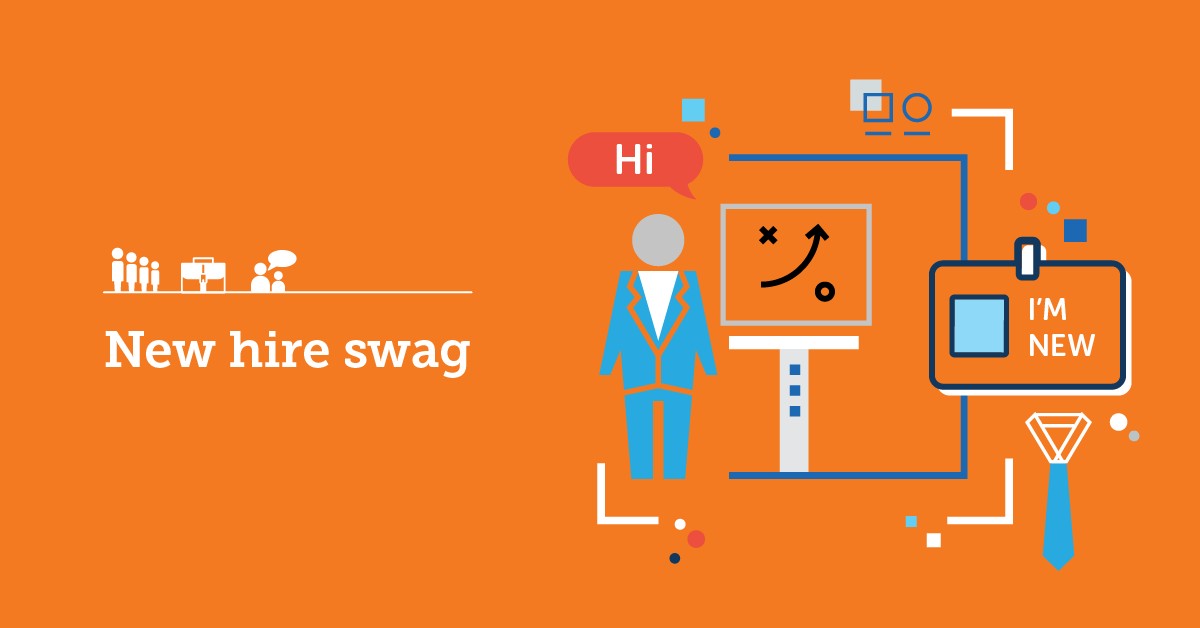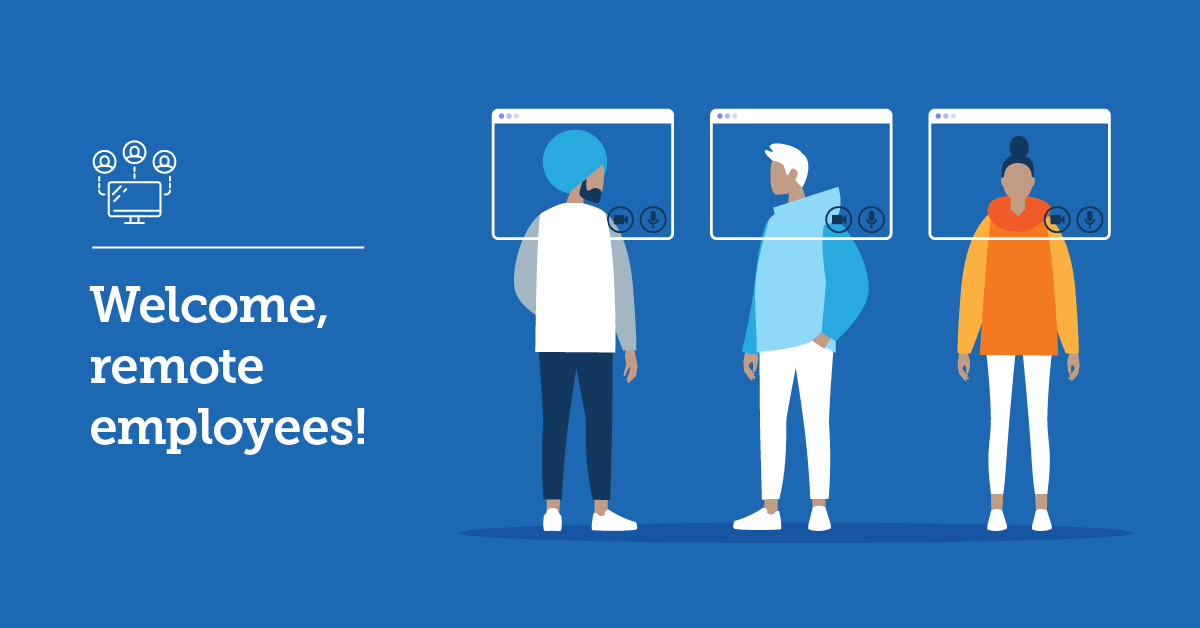Imagine this: Friday is Lisa’s last day with your company. She’s leaving to pursue a new role at another organization. Her replacement, Sarah, starts on Monday.
How do you prepare for this employee turnover?
It’s natural to focus on your new hire. You probably have standard employee onboarding best practices to guide the experience. Give her a warm welcome, make sure she has everything she needs to get started, and so on.
But… what about Lisa?
You shouldn’t neglect departing team members—even when they’re leaving on good terms.
In today’s workplace, having an employee offboarding process is as important as new employee onboarding.
What is employee offboarding?
Employee offboarding is the process of transitioning departing employees out of the organization. It ensures you maintain positive relationships and upholds the company’s reputation. All while setting the departing team member on a path to success.
Offboarding an employee is more than a checklist of tasks. It’s a pivotal opportunity for organizations to leave a lasting impression on team members when they leave your company.
Why offboarding matters
Employee offboarding might seem like a straightforward process: Bid farewell, return equipment, and update records. But it’s more important than these surface-level tasks.
To make it successful, you need to invest in thoughtful and strategic planning.
Well-executed offboarding gives the individual a smooth exit process. But it also benefits you by helping you build and maintain a positive company culture.
Here’s how:
Strengthens your employer brand
Every departing employee carries with them a network of relationships they’ve built within the company. A well-thought-out offboarding process keeps these connections strong. You build out an alumnus of former employees, which can prove valuable if you decide to work together in the future.
Furthermore, happy former employees are likely to share their experiences. With friends and colleagues—and on public platforms. You can expect well-planned offboarding to maintain your brand reputation. But also to help attract potential future talent.
Preserves internal knowledge
Employees moving on to new opportunities often have valuable institutional knowledge. A good offboarding process helps you ensure that knowledge gets transferred. Without a process in place, you risk information gaps that can slow down productivity.
A process also gives you a chance to plan for their replacement so the new hire can step into the role seamlessly.
Ensures compliance and security
When you have an offboarding checklist in place, you won’t let important legal and security issues fall through the cracks.
Offboarding is not just about handing in the badge. It includes administrative tasks like benefit terminations, final paychecks, and relevant paperwork. A process ensures you handle all this accurately and promptly. It will help you avoid legal complications. But also show your company’s commitment to fulfilling its obligations to outgoing employees.
Offboarding also involves securing sensitive company data and information. Revoking system access in the right way protects you against potential data breaches. And ensures you follow industry regulations.
Boosts morale and retention
How an organization treats its outgoing team members speaks volumes about its culture and values. And that’s as important for your remaining employees as it is for the one who’s leaving.
When your people see you treat a colleague with respect and support, they’re more likely to feel valued and respected themselves. Which can contribute to higher morale and improved retention rates.
Onboard new hires and support existing employees with TalentLMS
Build online courses and create training libraries people can access anytime.
Easy to set up, easy to use, easy to customize.
Employee offboarding: 10 best practices for a seamless transition
By investing time and effort into the offboarding process, you not only say goodbye to departing team members with dignity. You also set the stage for a stronger, more cohesive work environment for those who remain.
The following best practices (with practical examples) can help you navigate the offboarding process with professionalism and empathy:
1. Start early with a clear plan
Start the process well in advance to ensure effective, efficient employee offboarding. As soon as someone gives notice, engage them in a discussion about the offboarding timeline, tasks, and expectations.
Examples
- Provide a comprehensive offboarding checklist that outlines the steps and deadlines
- Work with the person to create a transition plan for handing over their ongoing projects
2. Customize the process
Every employee is unique, and their reasons for leaving can vary. Tailor the offboarding process to meet individual needs. They may be leaving due to retirement, resignation, or a new opportunity. Understanding their circumstances helps create a personalized and respectful experience.
Examples
- Offer retirement workshops and resources for retiring employees
- Provide career counseling and job search assistance for employees pursuing new opportunities
3. Conduct exit interviews
Exit interviews provide valuable insights into the employee experience. Thoughtful employee interviews can highlight areas for improving your organization.
Create an environment of open communication. And encourage exiting team members to share their thoughts and suggestions candidly.
Examples
- Schedule an exit interview with HR
- Conduct anonymous online exit surveys to encourage candid feedback
4. Transfer knowledge
Make sure the transfer of knowledge from outgoing employees to their colleagues happens. Document key processes, contacts, and project details to ensure a seamless handover. This prevents disruptions in workflow and maintains project continuity.
Examples
- Document the employee’s daily tasks, processes, and responsibilities for their successor
- Plan shadowing sessions for the employee and their successor
5. Follow security protocols
Protect sensitive company information by promptly revoking access to systems, accounts, and company data. Ensure the employee returns all company-owned devices, such as laptops and phones. And that personal data is removed from them.
Examples
- Revoke access to company systems and accounts
- Erase personal data from company-owned devices
- Review the employee’s email accounts and shared drives to identify and secure any confidential data
6. Complete HR processes
Guide employees through benefit termination processes, including health insurance and retirement plans. Ensure that final paychecks are accurate and delivered on time. Provide clear guidance on how to handle paperwork related to the departure.
Examples
- Help the team member transfer their retirement savings to a new account
- Provide clear instructions on how to access final paychecks and relevant tax documents
Integrate your favorite HR platform with TalentLMS
From onboarding to training to offboarding,
keep all processes in one place and minimize human errors.
7. Organize a farewell
Celebrate the employee’s contributions and legacy within the organization. Organize a farewell gathering or a virtual event to express gratitude and bid them farewell on a positive note. This will help the individual and their colleagues get a sense of closure. And ensure the parting is on good terms.
Examples
- Have colleagues share memories, express gratitude, and wish the exiting employee well
- Create a “Wall of Fame” displaying the employee’s achievements
- Gift a personalized token of appreciation like a company-branded keepsake
8. Stay connected
Encourage departing team members to maintain their connections with the organization. That may be through alumni networks, social media, or occasional updates. This connection helps sustain a positive relationship beyond their time with your company.
Examples
- Invite outgoing employees to join the organization’s alumni network
- Encourage company alumni to connect on professional social media platforms like LinkedIn
- Share periodic company updates, achievements, and milestones with alumni
9. Ask for feedback
Learning how to offboard an employee is an ongoing process. After the process is complete, seek feedback from the individual about their experience. This feedback can provide valuable insights for refining the process.
Examples
- Conduct a follow-up survey a few months after departure
- Schedule a feedback meeting with the employee’s manager to discuss what went well and identify areas for improvement
10. Monitor transitions post-departure
Keep track of the projects and responsibilities the employee handed off. Ongoing monitoring ensures you catch and address any issues quickly. It can also reassure you that the handover was successful.
Examples
- Assign a colleague or team to check in on transitioned projects regularly
- Set up automated reminders to review the status of ongoing tasks
- Establish a process for addressing any problems the former employee would have handled

Setting the stage for continued excellence
Every departing employee’s experience contributes to your company’s story. Saying goodbye to a valued team member can be sad, but it doesn’t have to be difficult. At least from an admin standpoint.
By embracing these best practices, your organization can turn the employee offboarding process into an opportunity to maintain a good relationship with people who’ve contributed to your company’s success. And showcase your commitment to professionalism at every stage of the employment journey.
Your efforts will set the stage for not just the departure of team members. But also for new opportunities and successful growth going forward.
| Tags: Online Employee Onboarding


![New Employee Orientation Checklist And Guide [%%currentyear%% Update]](https://images.www.talentlms.com/blog/wp-content/uploads/2019/06/new-employee-orientation.png)
